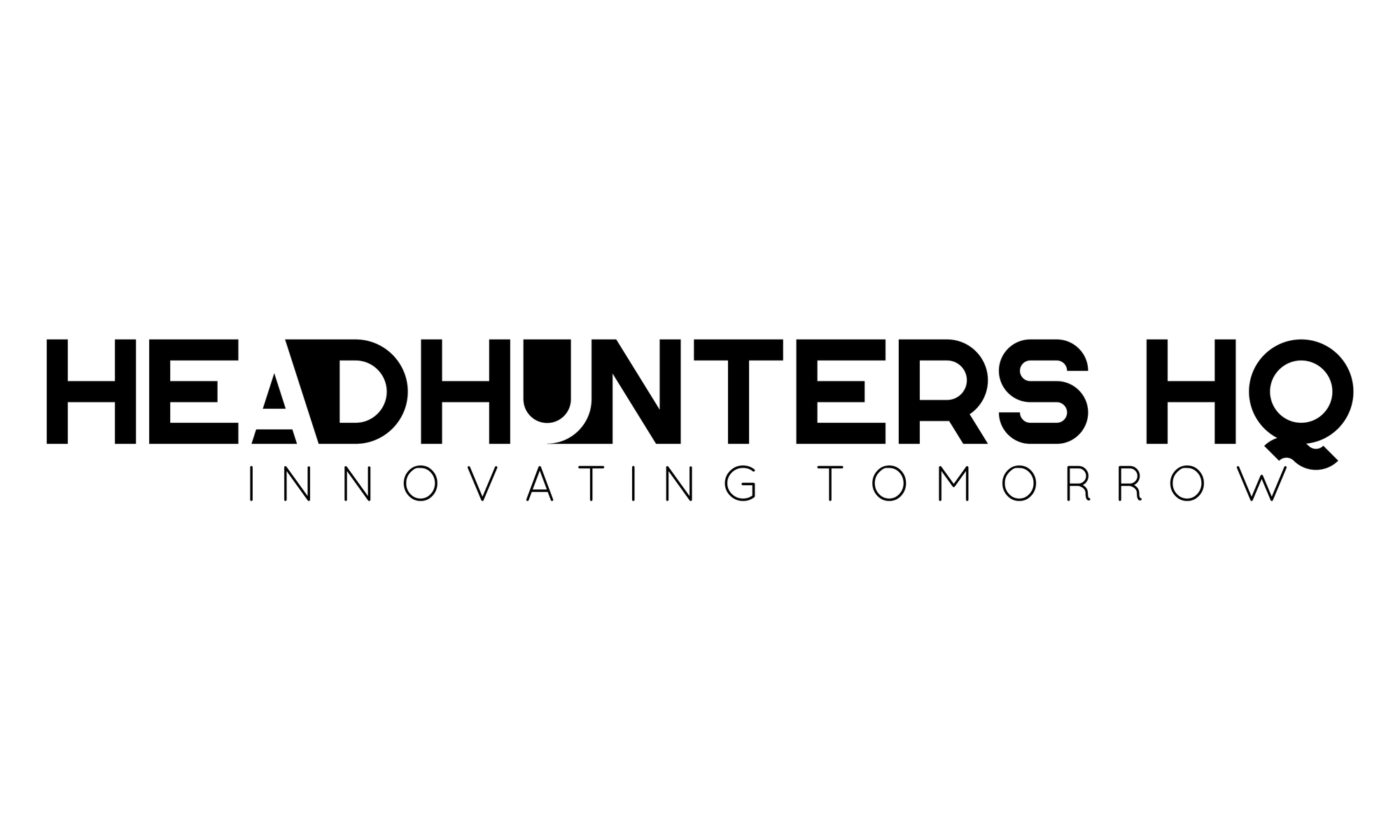Why Manual Hiring Processes Are Costing You More Than You Think

In today’s fast-paced hiring landscape, small and medium-sized enterprises (SMEs) across Singapore and Southeast Asia are competing for top talent like never before. But many are unknowingly sabotaging their own recruitment efforts by relying on outdated, manual hiring processes. From spreadsheets to endless email chains, these traditional methods are not only inefficient but also costly in ways that are often overlooked.
In this article, we will break down why manual recruitment is holding your business back, where the hidden costs lie, and how switching to smarter, automated hiring tools can help SMEs scale efficiently, save time, and secure better candidates.
The Problem with Manual Hiring
For many SMEs, hiring is still a highly manual process. Posting job ads manually, tracking applicants via spreadsheets, following up with candidates through scattered email threads, and scheduling interviews one by one might seem manageable at first. But as your hiring needs grow, these methods become unsustainable.
Manual hiring leads to:
- Delays in hiring: Slow processes mean slower decision-making and lost candidates.
- Poor candidate experience: Inconsistent communication and lack of updates can frustrate candidates, increasing drop-off rates.
- Higher administrative burden: HR and recruitment teams spend more time on repetitive tasks and less on strategic work.
Let’s explore the hidden costs in more detail.
1. Time Costs
Time is one of the most valuable resources in any business. Manual hiring processes are time-intensive, especially for SMEs with limited HR staff. Tasks like screening CVs, scheduling interviews, and sending updates can take hours for each role.
This time could be better spent building relationships with candidates, refining your employer brand, or improving retention. Instead, your team is bogged down with administrative tasks that could be automated.
2. Missed Talent
The best candidates are typically off the market within 10 days, according to LinkedIn data. If your process is slow and cumbersome, you risk losing top talent to faster-moving competitors.
Manual processes make it difficult to:
- Respond quickly to applications
- Keep candidates engaged with timely communication
- Identify the right fit early in the funnel
An inefficient hiring funnel creates a bottleneck that leads to talent slipping through the cracks.
3. Poor Candidate Experience
Candidates today expect a smooth, digital-first experience. If your application process is clunky, involves multiple steps, or lacks communication, candidates are more likely to drop out or decline offers.
72% of candidates drop off due to a lack of timely communication (e.g., unclear timelines or no follow-up after interviews). (Source: SHRM Talent Pulse Q1 2025 & Tellent Recruitee 2025 Hiring Research)
Manual processes often fail to provide:
- Timely updates
- Easy interview scheduling
- Quick feedback after interviews
This results in a poor impression of your company, which can harm your employer brand and make future hiring even harder.
4. Financial Impact
Many SMEs believe they are saving money by avoiding recruitment software. But the cost of inefficiency adds up. Delayed hiring means vacant roles remain unfilled, impacting productivity. Poor candidate experience means higher drop-off, leading to more time and cost to rehire.
Additionally, manual hiring often leads to:
- Duplicate efforts: Without a central system, teams may reach out to the same candidate multiple times.
- Errors: Lost CVs, missed interviews, or overlooked applications.
- Compliance risks: Manual handling of personal data increases the risk of non-compliance with privacy laws.
These hidden costs often outweigh the investment in a simple, automated solution.
The Rise of Scalable, Affordable Hiring Tools for SMEs

The good news is, SMEs no longer need to rely on enterprise-level systems that are expensive and overly complex. Our easy-to-integrate platform offer flexible, scalable recruitment tools designed specifically for growing teams.
With HeadHunters HQ, SMEs gain access to:
- Automated candidate tracking: From application to offer, track progress easily without spreadsheets.
- Smart sourcing tools: Reach more candidates faster with integrated job posting and candidate search.
- Automated communication: Keep candidates engaged with automated updates, reminders, and interview scheduling.
- Built-in analytics: Know which job sources are delivering results and where candidates are dropping off.
These features allow SMEs to scale hiring without increasing administrative overhead.
The team could now focus on sourcing, building client relationships, and growing their talent pool — instead of chasing emails or managing spreadsheets.
What’s Next
If your hiring still relies on manual processes, now is the time to reconsider. The cost of inefficiency is real and growing as the pace of recruitment accelerates in 2025.
By investing in a recruitment platform built for SMEs, you not only save time and money but also create a better experience for candidates, attract top talent faster, and future-proof your hiring strategy.
Ready to scale your hiring the smarter way?
Book a free session with HeadHunters HQ today and discover how our tools can help your team hire better, faster, and with less admin.





